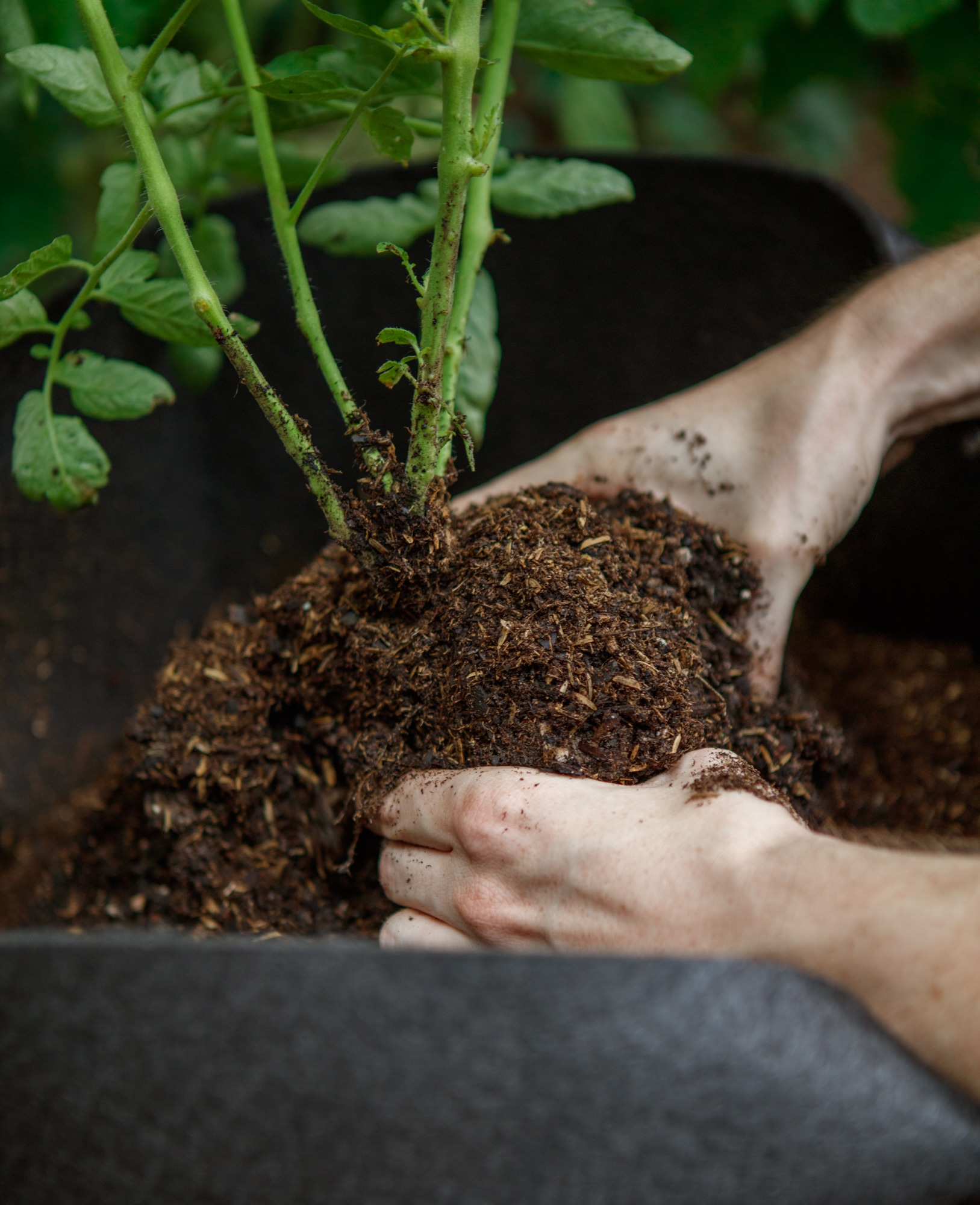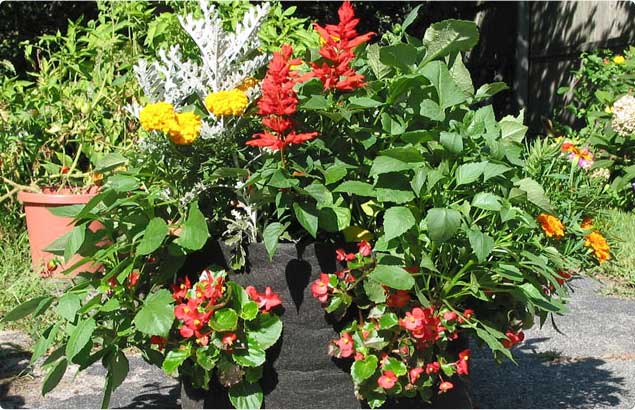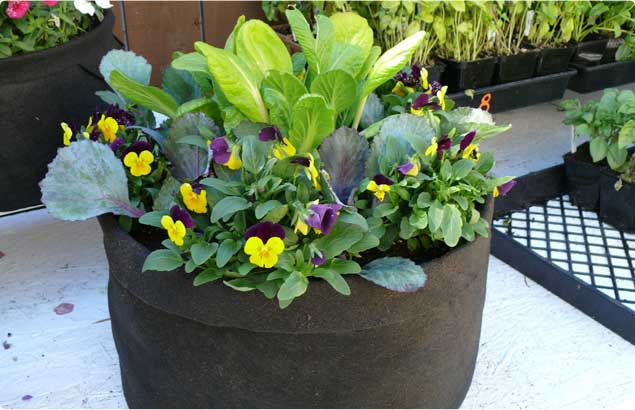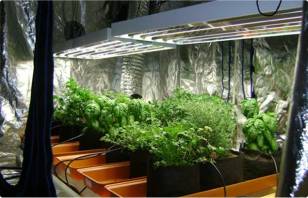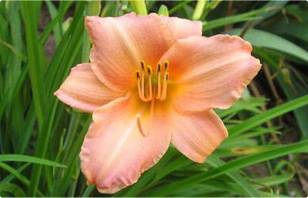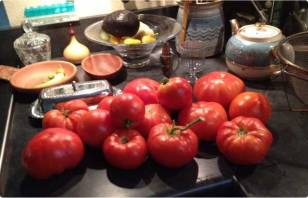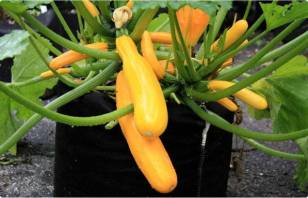Pay Dirt: Five Tips for Cashing in on the Perfect Potting Mix
Container gardening gives you total control over your plant’s most vital resource… Soil! Here are five tips to help you get the biggest bang for your potting soil buck.
1- Choose a Slow-Release Potting Mix
Many potting soil mixes are infused with either a “starter charge” or “slow-release” fertilizer. A starter charge is just that — a small amount of fertilizer that gives your plant a running start. To make things easier on yourself (and your plant) choose the slow-release option. Slow-release potting mixes feed your plants for a month or more. In contrast, a starter charge may last one to two weeks. When you’re shopping, ensure the bags you purchase aren’t waterlogged or visibly weathered. Old or waterlogged garden soil may contain excess nitrogen that was prematurely released. That excess nitrogen can harm or kill your plants, so shop with a keen eye.
2- Feed Your Hungry Plants
Even if you choose a slow-release potting mix, its fertilizer won’t last forever. Your plants will voraciously devour any resources they can find. Plus, every time you water, a portion of that fertilizer is lost to drainage. So, feed your green friends! There’s fevered debate in the gardening community about the importance of organic fertilizing techniques. But everyone agrees on one thing: fertilizer is a lot like Goldilocks’ porridge. You have to get it just right. If you’re using an organic fertilizer, apply it to your plants twice a week. For synthetic fertilizers, follow the instructions on the label to a tee. Too much synthetic fertilizer can quickly burn your plants. So be careful!
3- Don’t Overdo it With Compost
Composting is a great way to create highly fertile garden soil. It’s an excellent amendment that accelerate growths and contributes to plant health. But there’s a problem. Compost doesn’t drain well. So don’t do anything crazy — like filling your entire container with compost. For optimal results, compost should constitute no more than a third of your total soil volume.
4- Spice Things Up With Unconventional Nutrients
Compost. Worm castings. Fertilizer. They’re all great. But what about a splash of the unexpected? Used cooking water may be just what your plants crave. If you routinely boil vegetables, save the water and use it to hydrate your plants. Boiling leaches important plant nutrients into the water, making it the perfect addition to your garden soil. But be careful! If you add salt while cooking, the resulting water is not suitable for container plants. Just like people, plants benefit from a sodium-restricted diet. If your water is salt-free, let it cool and pour at will.
5- Re-use Your Old Potting Mix
Think your potting mix is spent after just one season? Prepare to save some cash. In fact, potting mix can be recycled — with a few caveats. If your plants have been attacked by insects or disease, toss that old soil. If not, mix in perlite, compost and fertilizer to restore your old soil. You don’t have to measure exact quantities, but use the following rules of thumb. Perlite should be about 10 percent to the total soil volume. Compost should make up no more than one third. And fertilizer should be used sparingly. You want to add nitrogen and nutrients to the soil, but too much fertilizer will leave your plants burned. Simply mix all ingredients in a plastic tub or trash can, and voila! You’ll have a perfectly usable potting mix.
Conclusion:
Modern potting mixes work wonders for your plants. In addition to delivering nutrients and fertilizer, they contain additives designed to optimize moisture. But to get the most out of your garden soil, it never hurts to show it some love. Shop carefully, add much-needed amendments, and re-use old soil to get the biggest bang for your buck. When you’re harvesting basketfuls of fresh, mouthwatering produce, you’ll be glad you did!
